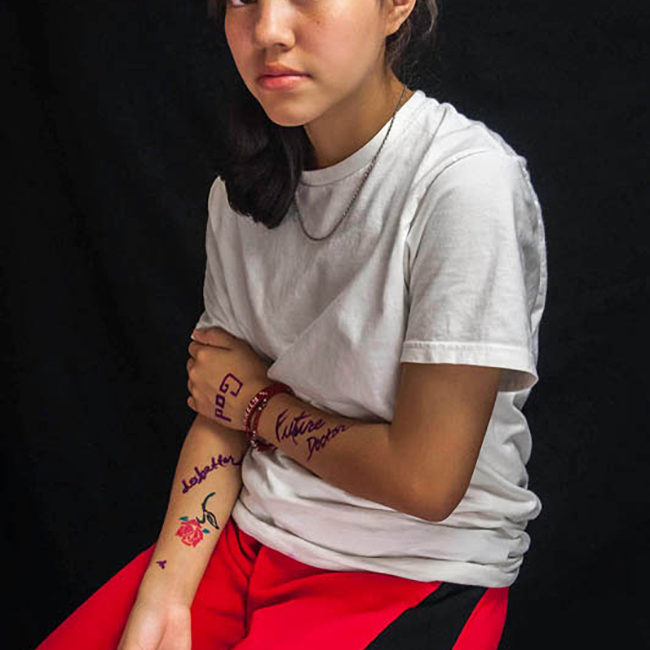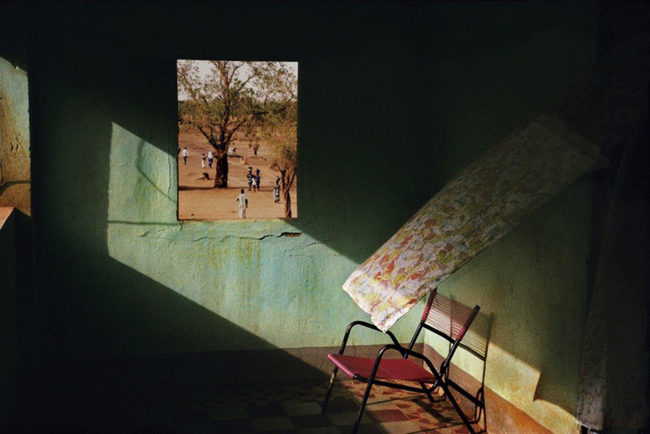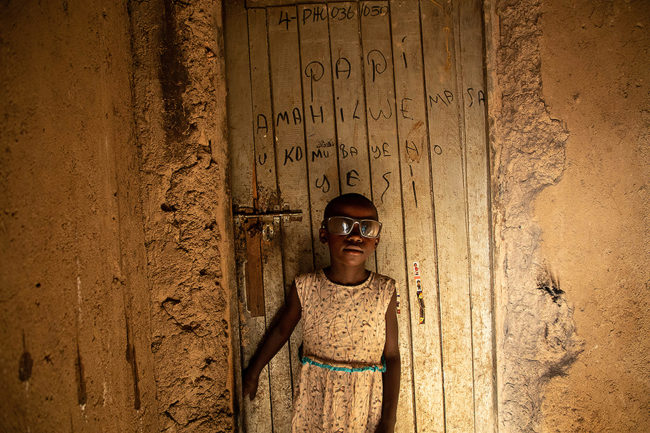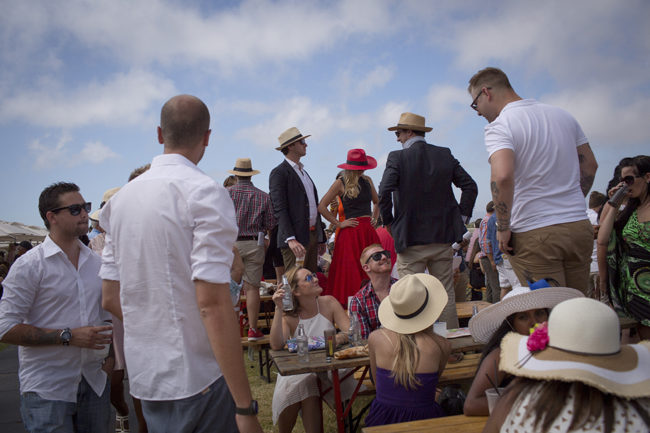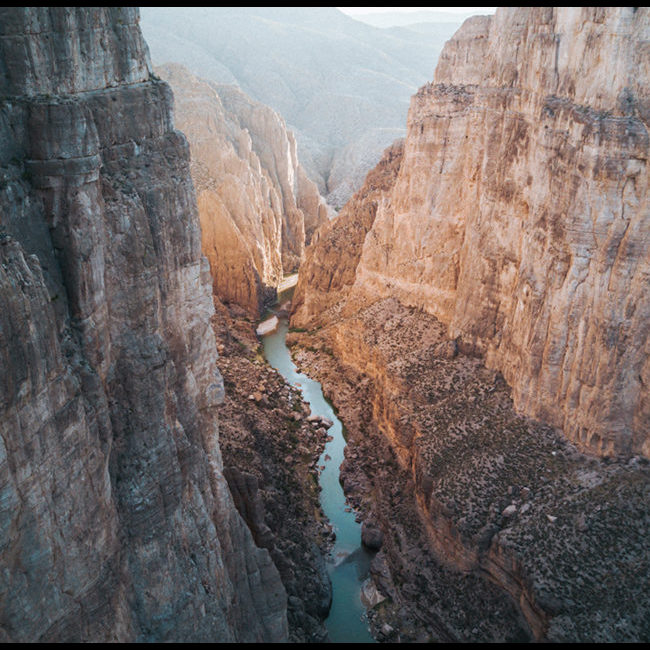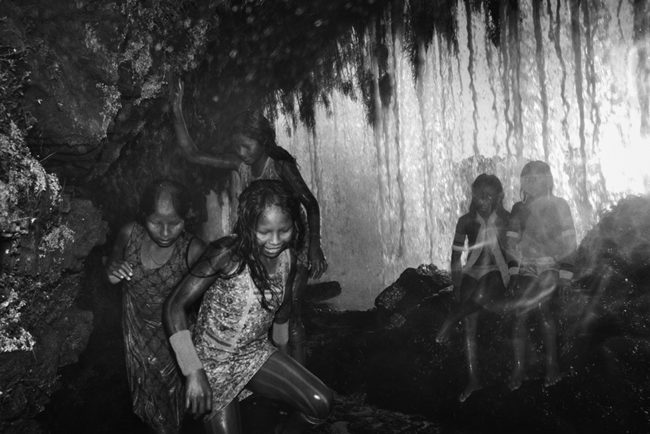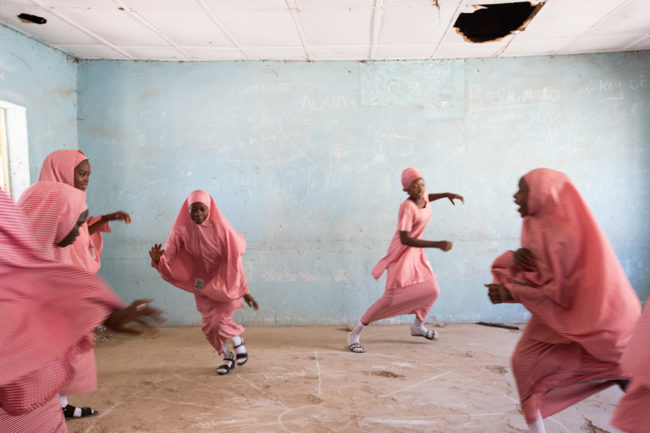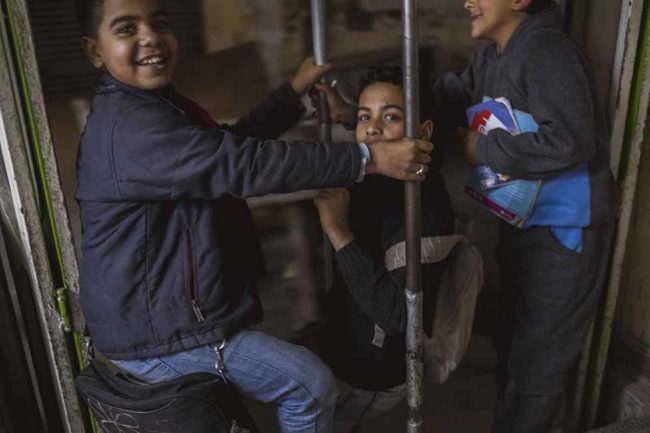“Golden State,” a new show opening March 29 at Marianne Boesky Gallery in New York City and on view until April 27, presents the work of seven California photographers who explore “the social and economic contradictions in America’s most populous state,” as Drew Sawyer, the show’s curator, writes in an essay. In photographs by John Divola, Buck Ellison, Christina Fernandez, Anthony Hernandez, Dorothea Lange, Catherine Opie and Larry Sultan, the state’s great wealth and promise exist side by side with its problems, contrasting what it could be with what it is.
The earliest images in the show are Lange’s lesser-known photographs documenting the internment of Japanese and Japanese-Americans during World War II. As Sawyer writes, the “U.S. War Relocation Authority had hoped Lange’s pictures would depict the incarceration process as orderly and humane.” But in addition to recording life in the camps, she photographed men and women in their homes and businesses, documenting their contributions to the communities they were forced to leave. Her images “were ultimately deemed too critical of the government, they were impounded by the government for the duration of the war and were eventually housed in the National Archives,” Sawyer writes. Proceeds from the sale of these prints supports the ACLU.
Economic injustice is also a theme in the work of Christina Fernandez, who photographs laundromats in East Los Angeles, picturing them through graffiti covered windows at night. Anthony Hernandez’s 1979-1980 study of bus stops in Los Angeles records the bleak state of public transit and the diverse coalitions of people who use it. Hernandez also takes aim at the well-off in his early 1980s study of Rodeo Drive, where posh shoppers view his camera with anxiety. California’s new suburbs are the setting for John Divola’s early 1970s portraits of people watering their lawns and shopping for groceries, images that capture “the uniformity and loneliness of everyday scenes of middle-class America,” Sawyer writes.
California plays the part of an experimental utopia in Catherine Opie’s portraits of lesbians, such as her image of housemates in their San Francisco kitchen, reshaping the idea of communal domestic life. Buck Ellison explores a more insidious version of utopia, documenting the gardens at elite California private schools and calling attention to the “mechanisms that maintain privilege in America and ask us to question the trajectory of once-progressive ideals,” Sawyer writes. In his staged images of day laborers enacting rituals in the landscape outside of suburban developments, Larry Sultan explores the meaning of California’s shrinking wilderness and growing population.
California recently eclipsed France as the sixth largest economy in the world, but as these photographers show, set against the state’s constant reinvention of itself, tension remains between growth and justice. As Sawyer writes, “California continues to attract immigrants, migrants, and others who are looking to start something new.”
Related Stories:
A Personal and Mythological Los Angeles
Anthony Hernandez’s Majority Rules
Katy Grannan on Making Her First Feature Film, The Nine
